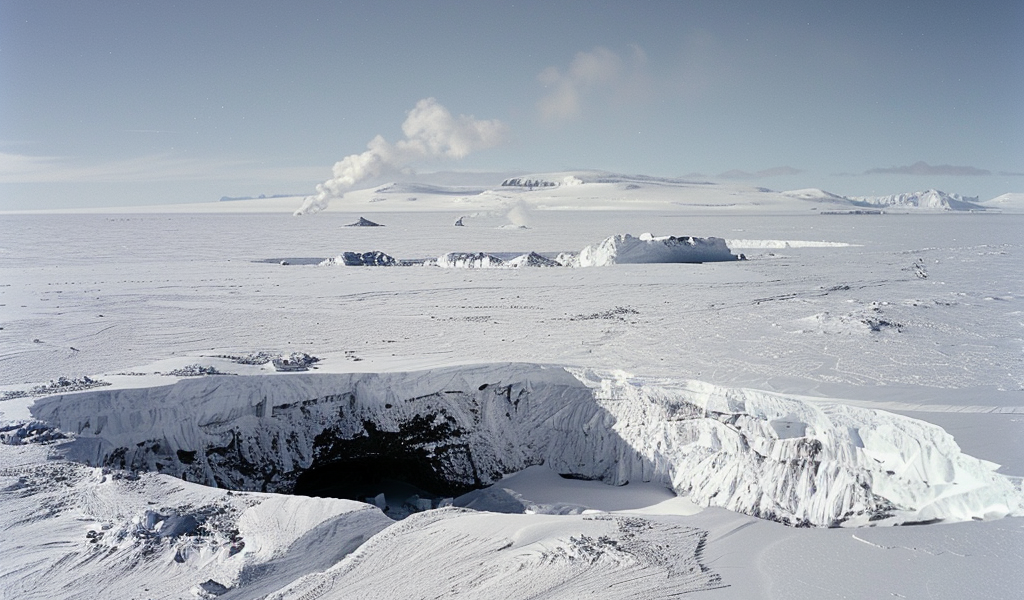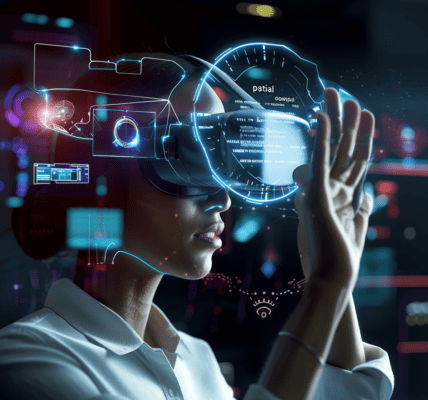Antarctica is perhaps best known for its endless expanse of ice and snow. But what many people don’t realize is that hiding beneath its frosty facade are dozens of volcanoes.
In fact, under the continent’s massive western ice sheet sits what is considered the largest volcanic region on Earth, with as many as 138 volcanoes. Of those volcanoes, 91 were first discovered as part of a 2017 study published in the journal Geological Society.
So, could any of Antarctica’s volcanoes erupt on the southernmost continent? For geologists, this question is both easy and hard, depending on the volcano.
While these volcanoes, which are surface expressions of heated material leaving Earth’s interior, are considered young as far as volcanoes go, scientists were unable to ‘distinguish whether or not [they] are volcanically active,’ the study authors wrote.
Currently, there are only two volcanoes on the ice-covered continent that are classified as active: Deception Island, a horseshoe-shaped land mass north of mainland that’s part of the South Shetland Islands; and Mount Erebus, the highest peak on the continent with a summit topping out at 12,448 feet (3,794 meters). It’s considered the world’s southernmost active volcano.
‘Erebus, which looms over the McMurdo research base on Scott Island, has been continuously erupting since at least 1972,’ Conor Bacon, a postdoctoral research scientist at the Lamont-Doherty Earth Observatory at Columbia University in New York, told Live Science in an email.
Since then, Mount Erebus has been known to ’emit plumes of gas and steam’ and even occasionally spew out rock ‘bombs,’ which collectively are known as strombolian eruptions, according to NASA Earth Observatory.
One of its most interesting features is the persistent lava lake that occupies one of [its] summit craters, where molten material is present at the surface and can be observed and sampled by researchers. This unique phenomenon provides scientists with a rare opportunity to study the inner workings of a volcano in real-time, helping to advance our understanding of volcanic activity and improve monitoring and prediction efforts.





